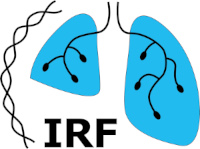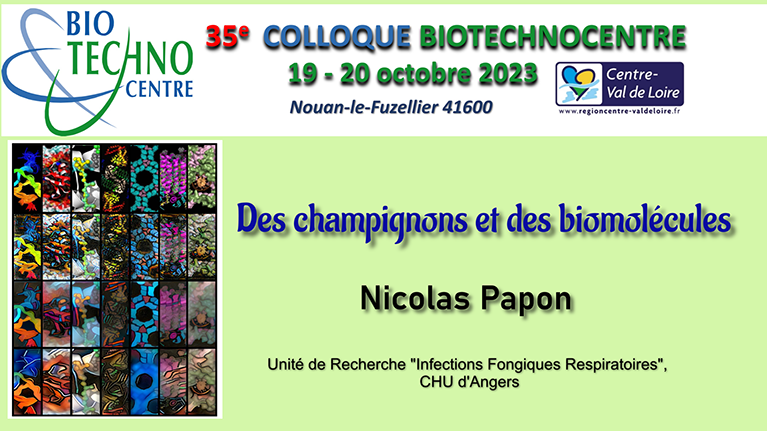Fungi and biomolecules
Like bacteria, plants and certain marine organisms, fungi synthesise a vast quantity of specialised biomolecules known as secondary metabolites. These natural compounds, most of which have complex chemical structures, are produced by sinuous biosynthetic pathways that are specific to clades, genera, species and even fungal strains. These specialised metabolites belong to various chemical families, such as terpenes, polyketides and non-ribosomal peptides, and are primarily involved in intra- and inter-species communication, development, iron acquisition and adaptation to physico-chemical stresses. For over a century now, humans have also been able to take advantage of many of these fungal biomolecules for medical and industrial purposes.
In this presentation, we will attempt to summarise the major evolutionary pathways that have led to the emergence, diversification, distribution and sometimes extinction of these biosynthetic pathways within the Fungi kingdom. With the help of a few examples, we will recall the extent to which these natural compounds have an impact on human activity and the environment. However, it is currently estimated that less than one per cent of the chemical diversity of fungal secondary metabolites is known. Fortunately, the latest analytical and multi-omics technologies are now providing powerful solutions for the mass identification and characterisation of new natural compounds, in particular new drugs. These emerging high-throughput strategies offer the most promising prospects for accelerating research in this exploratory field.
To view the presentation, click here ↓



